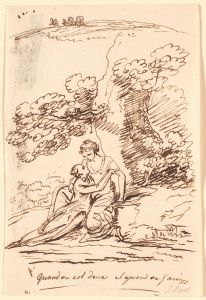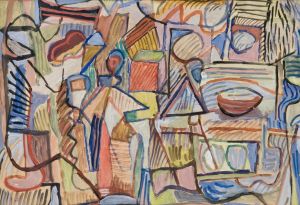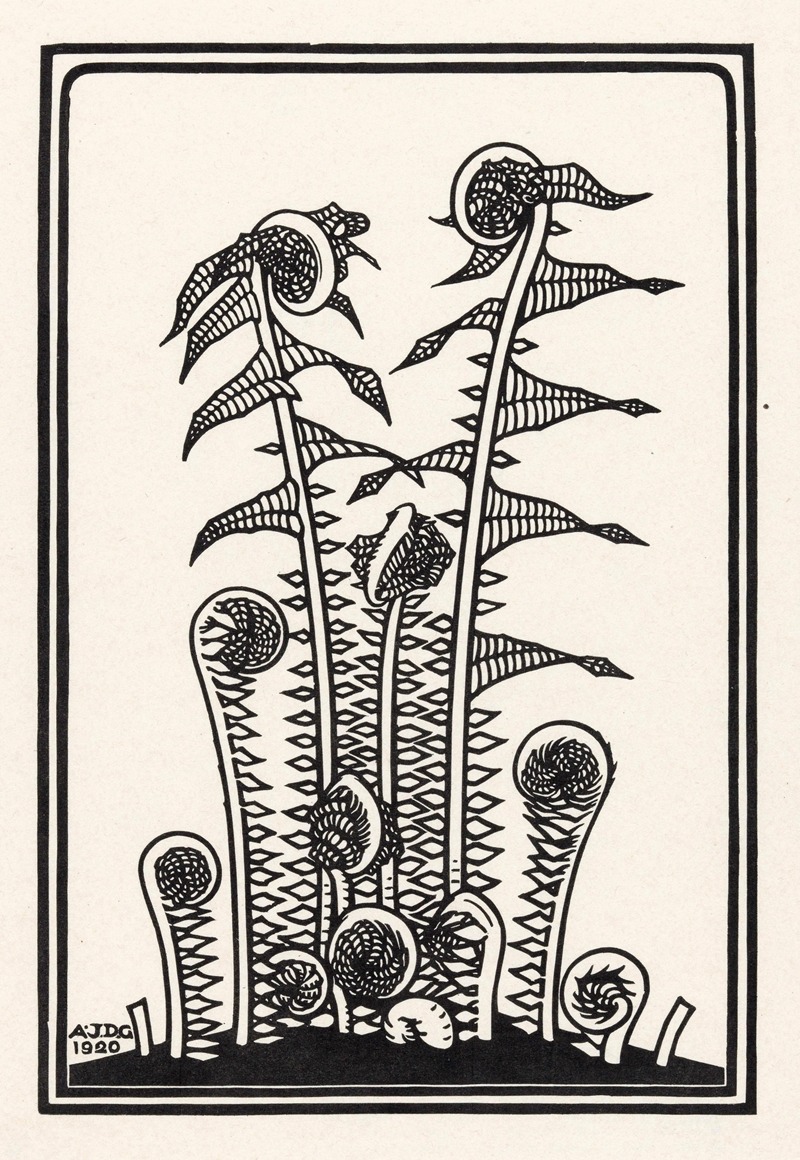
Varens
A hand-painted replica of Julie de Graag’s masterpiece Varens, meticulously crafted by professional artists to capture the true essence of the original. Each piece is created with museum-quality canvas and rare mineral pigments, carefully painted by experienced artists with delicate brushstrokes and rich, layered colors to perfectly recreate the texture of the original artwork. Unlike machine-printed reproductions, this hand-painted version brings the painting to life, infused with the artist’s emotions and skill in every stroke. Whether for personal collection or home decoration, it instantly elevates the artistic atmosphere of any space.
Julie de Graag was a Dutch artist known for her distinctive style and contribution to the art world during the early 20th century. She was born on March 18, 1877, in Gorinchem, Netherlands, and became recognized for her detailed and intricate works, often focusing on nature and animals. One of her notable works is "Varens," which translates to "Ferns" in English. This piece exemplifies her skill in capturing the delicate and intricate details of natural subjects.
"Varens" is a testament to de Graag's meticulous approach to art, characterized by her use of line and form to create a sense of depth and texture. The artwork showcases ferns, a subject that aligns with her interest in the natural world. De Graag's ability to render the fine details of the fern leaves demonstrates her keen observation skills and her dedication to portraying nature with precision and care.
Julie de Graag was associated with the Art Nouveau movement, which was known for its emphasis on natural forms and structures, often incorporating flowing lines and organic shapes. Her work, including "Varens," reflects these principles, as she often drew inspiration from the natural environment around her. The Art Nouveau movement sought to break away from traditional artistic conventions, and de Graag's work contributed to this shift by focusing on the beauty and complexity of nature.
Throughout her career, de Graag worked primarily with prints and drawings, mediums that allowed her to explore the intricacies of line and detail. Her works were often monochromatic, which further emphasized the form and structure of her subjects. This approach is evident in "Varens," where the focus is on the intricate patterns and textures of the fern leaves, rather than on color.
Julie de Graag's contribution to art was significant, yet her career was relatively short-lived. She struggled with mental health issues throughout her life, which ultimately led to her untimely death in 1924. Despite this, her work has continued to be appreciated for its technical skill and its ability to capture the essence of the natural world.
"Varens" and other works by de Graag have been exhibited in various galleries and museums, contributing to the appreciation and recognition of her talent. Her art remains a subject of study for those interested in early 20th-century art movements and the role of women artists during this period.
In summary, "Varens" by Julie de Graag is a fine example of her artistic style and her dedication to depicting the natural world with precision and care. Her work continues to be celebrated for its contribution to the Art Nouveau movement and its enduring appeal in the art world.





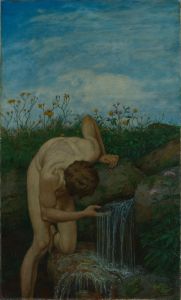
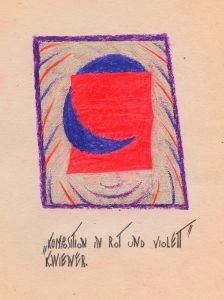
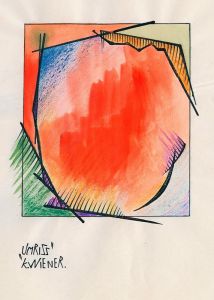
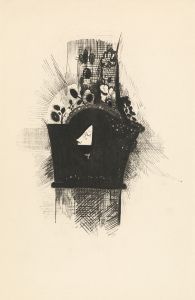
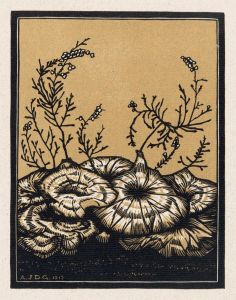

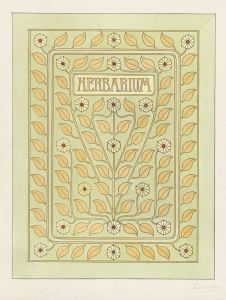


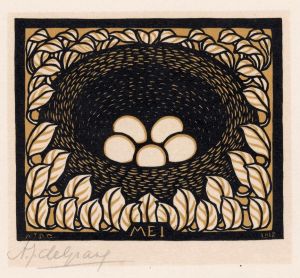

![Miscellaneous small sketches for inlaid table tops.] [Design with red geometric motif](/imgs/249442/s/winold-reiss-miscellaneous-small-sketches-for-inlaid-table-tops-design-with-red-geometric-motif-c586b6d.jpg)
